any difference in using a flooring nailer or stapler for hardwood install? my local rent shop has the stapler in right now. anything I’m not aware of as far as preference goes?
Discussion Forum
Discussion Forum
Up Next
Video Shorts
Featured Story
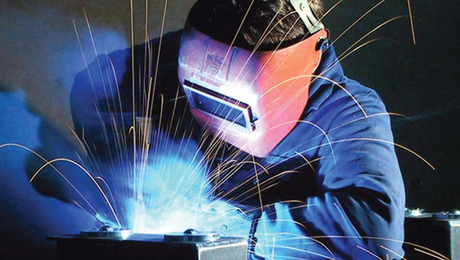
Changes in technology are drawing young workers towards skilled labor.
Highlights
"I have learned so much thanks to the searchable articles on the FHB website. I can confidently say that I expect to be a life-long subscriber." - M.K.

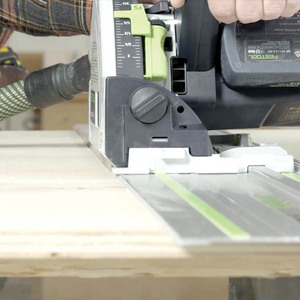
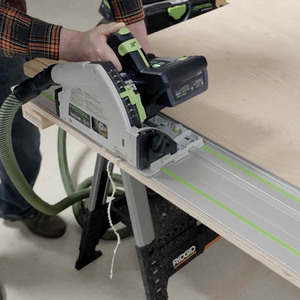
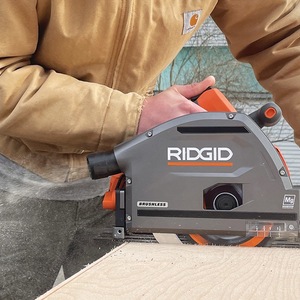





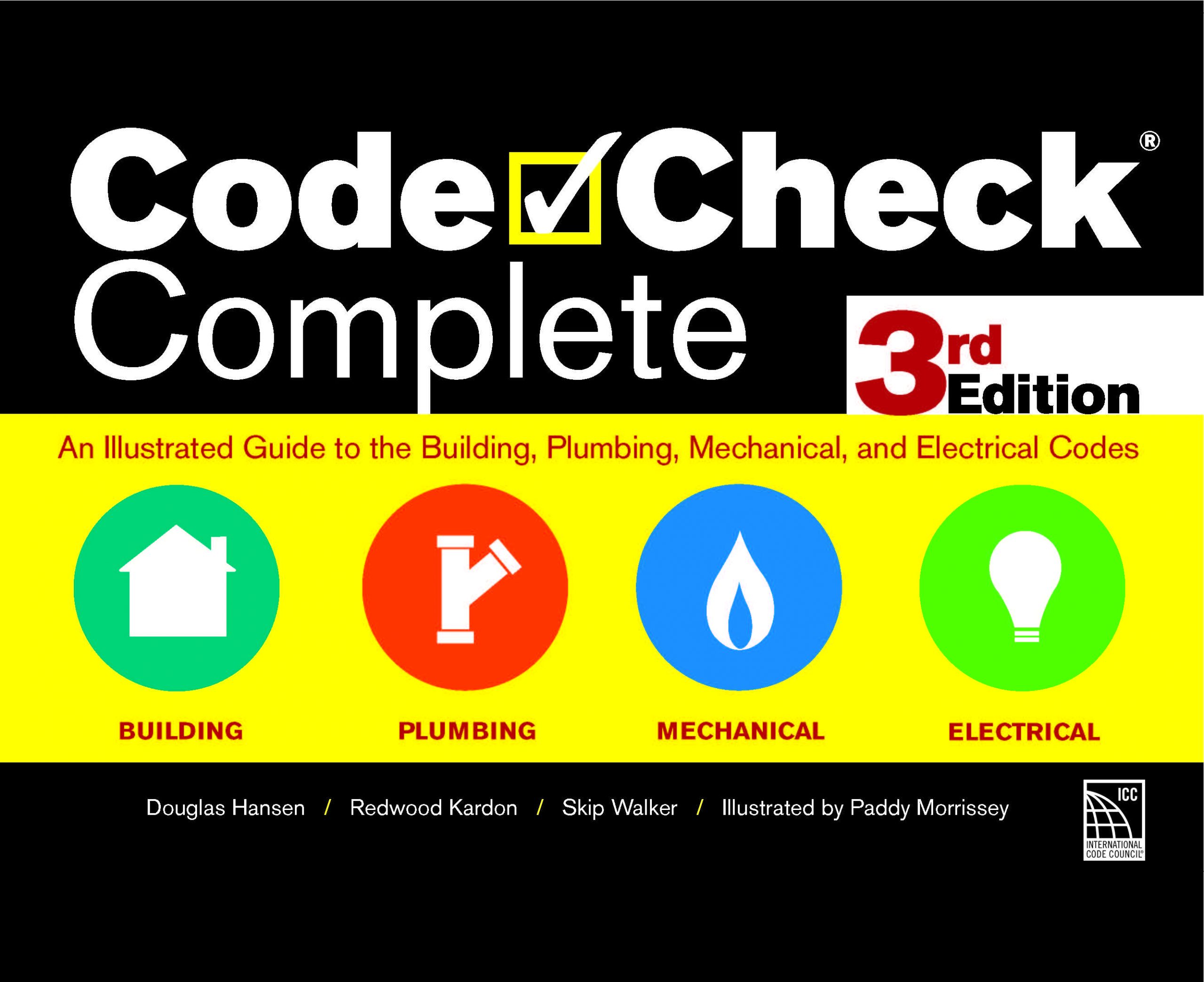

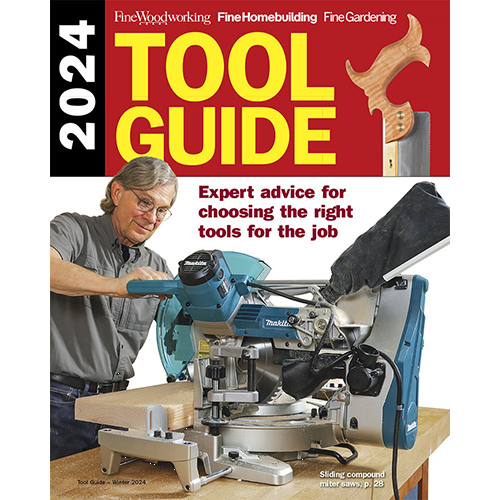




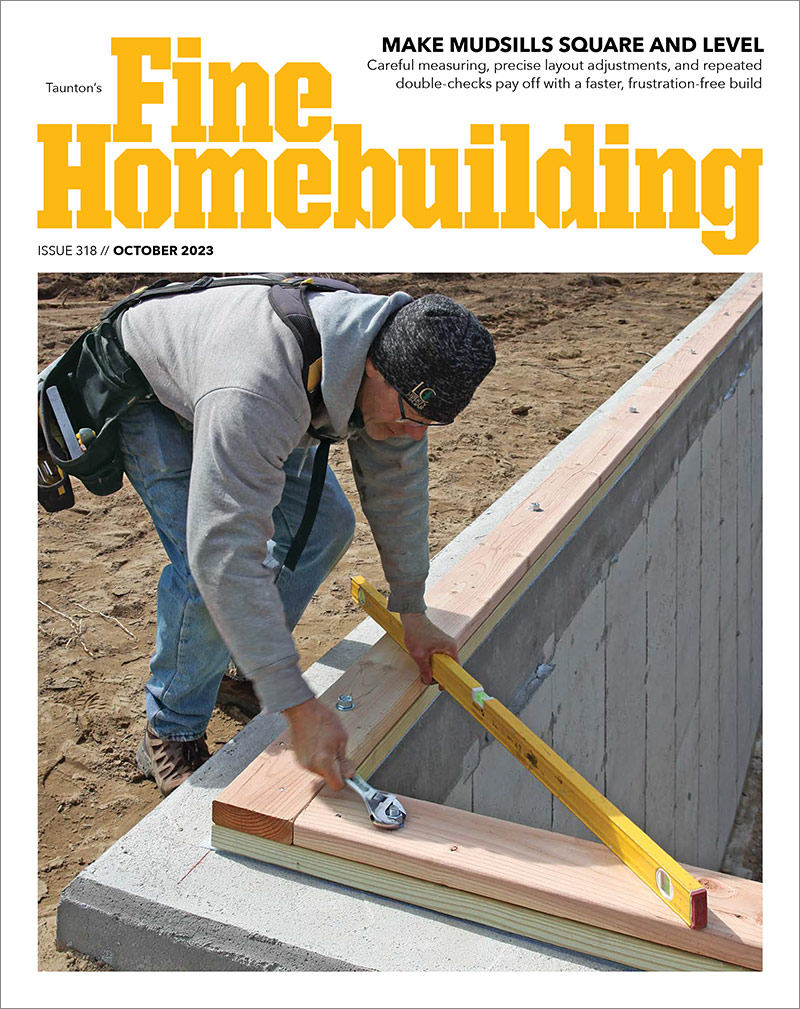

Replies
Stapler is good most of the time. Staples are a lot cheaper than cleats are, but staples might not drive in very hard woods. I've had some trouble like that with hard rock maple flooring.
With softer woods, even softer maples, the stapler is fine, as you will discover if you ever have to lift a stapled piece of wood flooring. You will often have to pull the wood off over the staple, leaving it behind with a wafer of wood under its crown. Ply or OSB subfloor makes no difference to fastening that I know about.
The nailer is essential for fastening very hard wood.
Ron
Edited 8/18/2006 6:34 pm by ronbudgell
thanks for response. The stuff I'm using I don't think would be considered one of the harder hardwoods, I'm not even sure how to pronouce it. it sounds like "cumin"
Sounds like Cumaru or Brazillian Teak...very dense....you have to be very careful when nailing these exotics. Because of their density the tongues are fragile and prone to cracking. When you crack the tongues, you end up with a noisy, squeaky floor...cracked tongues make it very difficult to get the next row to fit properly.
Make sure that the air pressure on the nailer is dialed in so that the fastener is setting just so...just barely indenting the tongue. I would suggest using cleats over staples. Try 70 psi on the nailer and adjust up from there.
Wear a dust mask when cutting...Cumaru is an irritant.
Thnks ditch for the heads up.
I went with the cleats but am finding that they do tend to split the tounge. I'm thinking I should have gone with the staples because maybe they would split less. ( which is the case when it comes to a coild nailer vs staple gun)
And if I keep the pressure up they should drive in?
Staples will tend to break the tongues more than cleats...more surface putting pressure on the tongue.
Are you using a floor nailer? Lower the pressure if you are breaking tongues....We always had a regulator on the nailer which we could dial in without walking back to the compressor a zillion times a day....if they keep breaking you may have to go to a ratchet type nailer like a porta-nailer....this phenom is common with hard exotics.
I was thinking that staple less likely to split 'cuz the gauge on the staple is less then the realitively heavy cleat.
but I will take your word for it as I have never used staples on flooring before.
yes, I am using a bostich flooring nailer. never heard of a ratchet type nailer - how do they work?
Ratchet nailers are old school...manual vs. pnuematic...also known as "smack nailers"..2 smacks per fastener... they're not likely to split tongues...don't be afraid to rent a stapler and try it...like I said, nailing these exotics can be a real PITA.
I dialed down the pressure and getting better results, I was a bit too high. I noticed if the grain runs diagnal when it its the tounge it is more likely to split....
I'm also have some other problems but I will post that on another thread. Re: keeping hardwood install straight
hey ditch...I found out what the wood is called, sounds like "cumin" - it's called "Kulim"